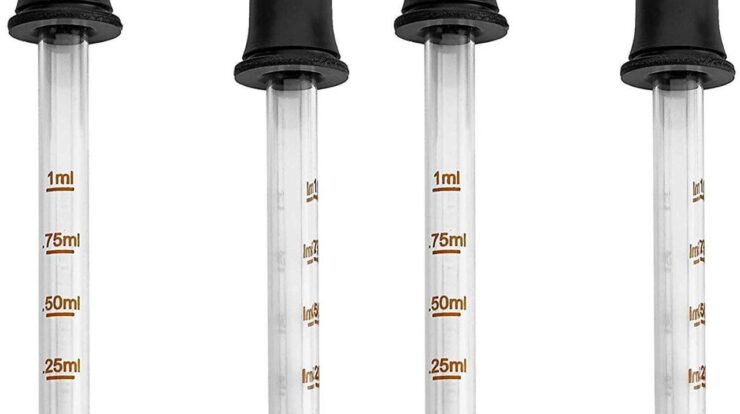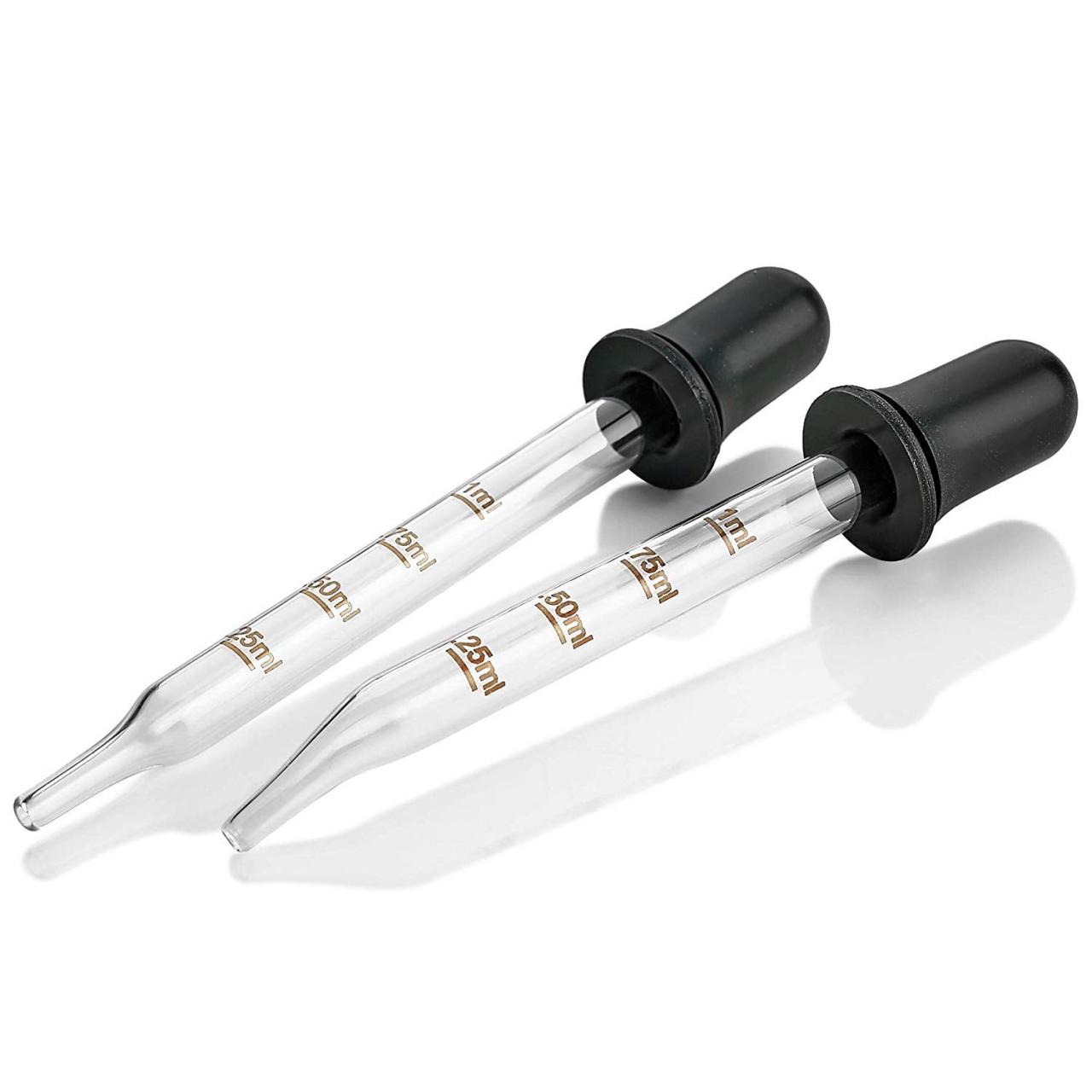
Dropper meaning encompasses a versatile tool used in various fields, from medicine to art, offering precision and control in liquid handling. Understanding the types, construction, and applications of droppers empowers users with the knowledge to effectively utilize this indispensable instrument.
Droppers come in various forms, including eyedroppers for administering eye medications, medicine droppers for precise dosage measurement, and pipette droppers for scientific and laboratory applications. The materials used in their construction, such as glass, plastic, and rubber, determine their durability and suitability for specific purposes.
Dropper Meaning and Etymology
A dropper is a small, tube-shaped device used to dispense liquids in precise and controlled amounts. The term “dropper” is derived from the Old English word “dropa,” meaning “a drop.”
Types of Droppers

There are various types of droppers designed for specific applications:
- Eyedroppers:Used to administer eye drops or other liquids to the eye.
- Medicine droppers:Used to measure and dispense liquid medications.
- Pipette droppers:Used in laboratories for precise liquid measurement and transfer.
Materials and Construction
Droppers are typically made from materials such as glass, plastic, or rubber.
Glass droppers are durable and resistant to chemicals, but they can be fragile.
Plastic droppers are lightweight and inexpensive, but they may not be as durable as glass.
Rubber droppers are flexible and can be used to dispense liquids from containers with narrow openings.
Usage and Applications
Droppers are used in a wide range of applications, including:
- Medicine:Dispensing liquid medications, administering eye drops, and collecting blood samples.
- Science:Measuring and transferring liquids in laboratory experiments.
- Art:Applying paint or ink in precise amounts for detailed artwork.
Advantages and Disadvantages
Advantages of using droppers:
- Precision:Allows for precise and controlled dispensing of liquids.
- Convenience:Easy to use and handle.
- Versatility:Can be used for various applications.
Disadvantages of using droppers:
- Accuracy:May not be suitable for highly accurate measurements.
- Calibration:Some droppers may require calibration to ensure accuracy.
- Contamination:Droppers must be cleaned and sterilized to prevent contamination.
Alternatives to Droppers

Alternative methods for dispensing liquids include:
- Syringes:Used for precise measurement and injection of liquids.
- Pipettes:Used for precise measurement and transfer of small volumes of liquids.
- Burettes:Used for titrations and dispensing liquids in controlled amounts.
Related Terms and Concepts
Meniscus:The curved surface of a liquid in a dropper.
Calibration:The process of adjusting a dropper to ensure accurate measurements.
Accuracy and precision:Accuracy refers to how close a measurement is to the true value, while precision refers to how consistent the measurements are.
Last Word
In conclusion, droppers are essential tools that provide accuracy and control in liquid handling across diverse fields. Understanding their types, construction, and applications enables users to harness the full potential of these versatile instruments, ensuring precise and efficient liquid manipulation.
General Inquiries: Dropper Meaning
What is the primary purpose of a dropper?
Droppers are primarily used for precise and controlled transfer of small liquid volumes, ensuring accuracy and minimizing spillage.
What are the different types of droppers available?
Droppers come in various types, including eyedroppers for eye medications, medicine droppers for precise dosage measurement, and pipette droppers for scientific and laboratory applications.
What materials are commonly used to make droppers?
Droppers are typically made from materials such as glass, plastic, and rubber, with each material offering specific advantages in terms of durability and suitability for different applications.





